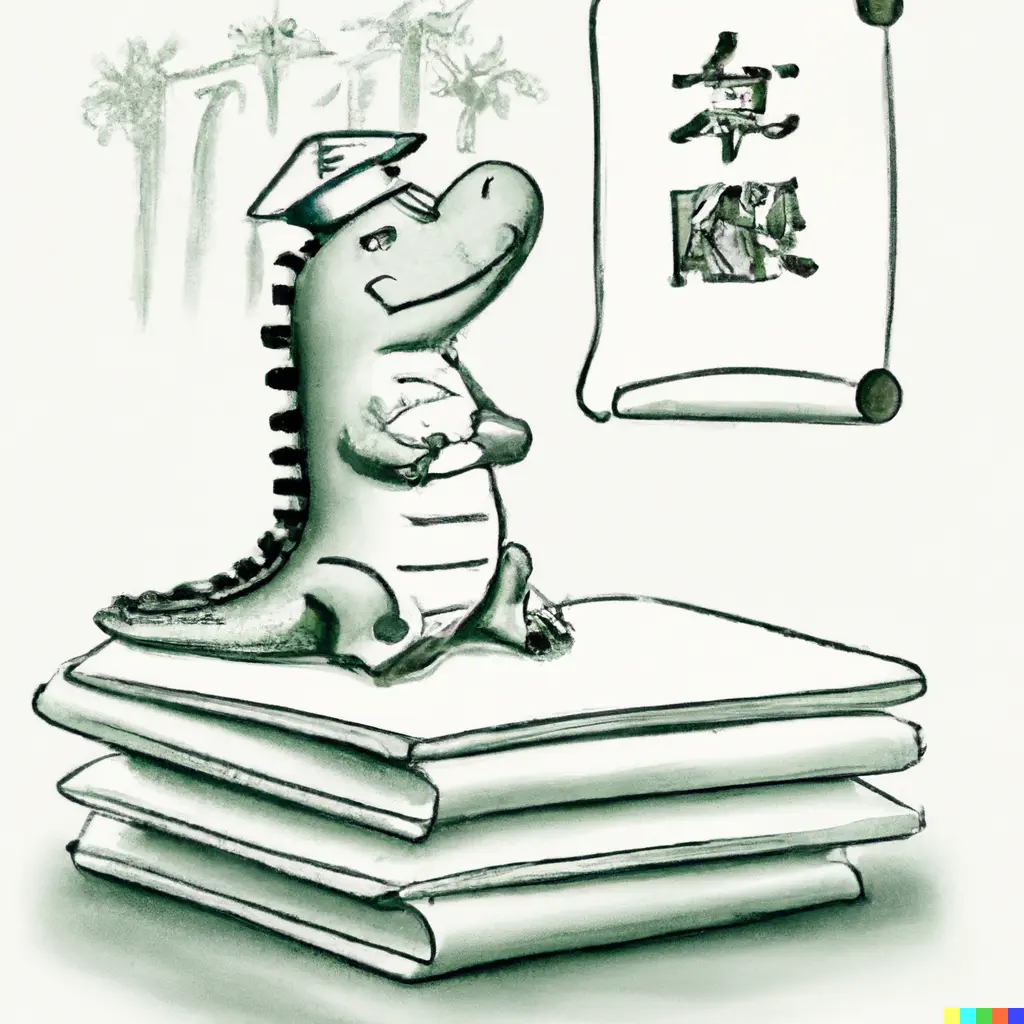WaniKani Alternative for Chinese

HanziHero is a Chinese character learning application that leverages spaced repetition and mnemonics to make learning Chinese characters as easy and efficient as possible.
WaniKani is a web application for learning kanji (Chinese characters used in Japanese) that is popular with students of Japanese.
Let’s go into depth about the differences and similarities between these two language learning applications, and why HanziHero is a great alternative to WaniKani for those who are learning Chinese.
- HanziHero vs WaniKani comparison: what are the similarities?
- What HanziHero does differently
- Two great languages, two great choices
HanziHero vs WaniKani comparison: what are the similarities?
HanziHero and WaniKani are both applications that are hyper-focused on doing one thing well: teaching Chinese characters.
To this end, it breaks each Chinese characters into components that are taught alongside the characters themselves. Both applications leverage mnemonics and spaced repetition to make learning and remembering each character as easy as possible.
Both break down Chinese characters into components
Both WaniKani and HanziHero break down Chinese characters into their visual components, or groups of strokes, and assigns each of those components a name. Chinese characters can often be quite visually complex, but they consist of similar looking groups of strokes, which we call components and WaniKani calls radicals.
For example, both HanziHero and WaniKani break down the character 貼 tiē into the components 貝 shellfish and 占 fortune.
By decomposing each character into its components, we make the character much easier to parse and therefore remember. More importantly, it allows us to use those various components, and the names of each, in mnemonic stories that help you remember and recall the overall meaning or pronunciation of a character.
Both leverage mnemonics
The human mind is great at remembering things that are interconnected with other concepts or memories. Additionally, it is better at learning stories with people and places in it than it is at abstract concepts.
Both HanziHero and WaniKani have handcrafted mnemonics, or stories that help with memorization, to help you learn Chinese characters.
For example, part of the HanziHero mnemonic for 貼 tiē depicts a person pasting a poster onto the wall that advertises fortune telling for the cost of a single shellfish.
At HanziHero, each of the 3,000+ characters in our curriculum has a handcrafted mnemonic that weaves together a given characters’s components, sound, and meaning to help you remember each of them.
Both use a spaced repetition system
The hardest part about learning hanzi or kanji is not the actual learning part, but rather remembering what was learned. To ensure you continue to remember what you learn, it is essential to review on a regular basis. To this end, both WaniKani and HanziHero have a built in spaced repetition system to help you regularly review all that you learn.
Spaced repetition is a technique for spacing out reviews according to their difficulty. It does this by leveraging the science of memory and forgetting to schedule optimal review times.
Both of our SRS systems will take into account which items you get correct, and which you get wrong, and adjust accordingly. So we will not quiz you often on things you clearly know because you get them correct, but will continue to quiz you on items you get wrong as it shows you know those items comparatively less.
This means that our apps save you time by using clever algorithms to only quiz you on items you need to recall right now, and not on items you already know quite well. Think of it as an advanced flashcard system that mostly knows what you know, and also knows what you don’t know.
What HanziHero does differently
While HanziHero and WaniKani have many similarities, there are also many parts of the two applications that are dissimilar. Some of these dissimilarities are due to the simple fact that we teach Chinese characters in different languages that require different teaching strategies.
Integrated meaning and pronunciation mnemonics
WaniKani and HanziHero both use mnemonics to make a story that involves all of the components of a given character to make the pronunciation and meaning more easy to remember.
HanziHero uses one integrated mnemonic to help you remember the meaning and pronunciation with a single story. We do this by having the various sounds associated with a character all be part of the mnemonic. By having these parts all be in the same story, it makes it easier to use one aspect of the story that you remember to recall the other parts you may not remember as well.
However, WaniKani uses two separate mnemonics for each kanji. One mnemonic for the meaning, and then a separate one for the reading. While the mnemonic are often related, sometimes the relation is quite weak. This means users of WaniKani need to remember two different stories for each kanji, effectively increasing the amount one needs to remember by a factor of two.
More characters
WaniKani teaches around 2,000 kanji, taking most of those from the list of jōyō kanji published by the Japanese ministry of education. These are all of the kanji taught in primary and secondary school in Japan.
HanziHero teaches over 3,000 Chinese characters, which is the number needed to achieve a baseline level of Chinese literacy. Our main course uses the Chinese characters listed in the HSK Chinese Proficiency Test guidelines, which covers all essential characters.
In addition to the 3,000 main characters, we also have over a thousand extra rarer characters that you can elect to study afterwards, effectively covering all of the characters in the language.
If you are one of the extremely ambitious few that plan to learn both Chinese and Japanese, one benefit of learning Chinese first is that you will also learn the meaning of every kanji you will later learn in Japanese, as the kanji used in contemporary Japanese are mostly just a subset of the characters used in Chinese.
Two great languages, two great choices
Of course, the choice of which tool to use comes down to which language it is you want to learn. We created HanziHero to be the simplest and most streamlined way to learn Chinese characters, in the same sense that WaniKani was created for the sake of making kanji easy to learn.
HanziHero combines the best approaches across many different applications and methodologies for East Asian languages, one of which is WaniKani. We hope that our application can help thousands of Chinese learners, in the same sense that WaniKani has helped thousands of people learn Japanese.
Ready to start learning Chinese characters? Create an account for free and give it a try!
